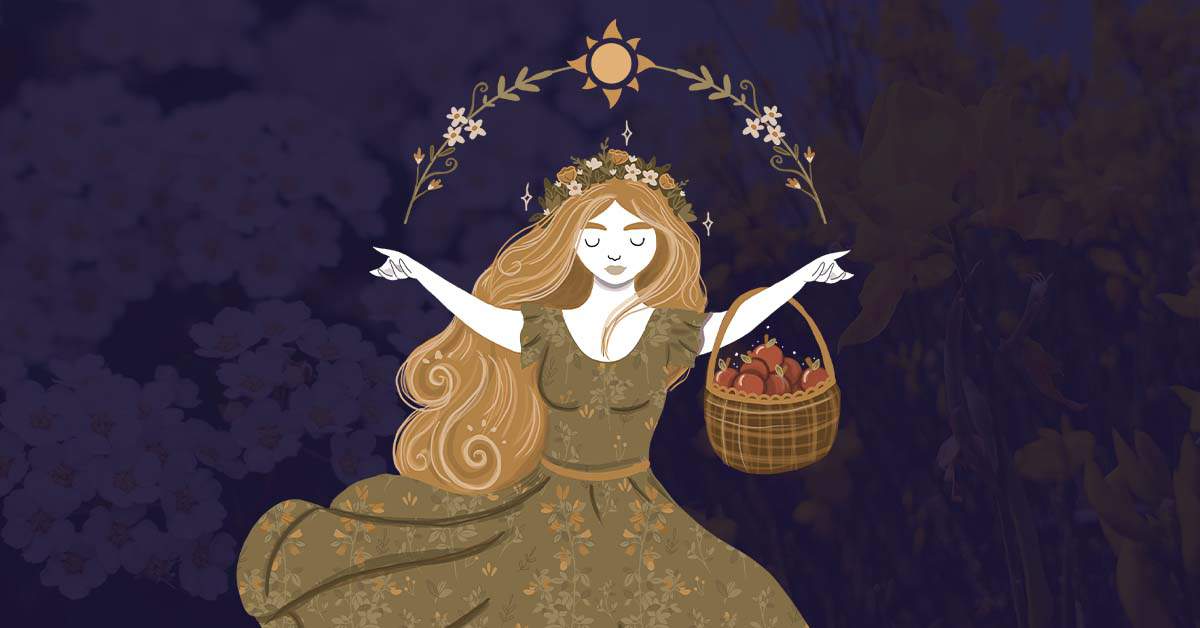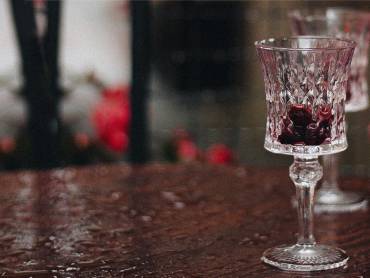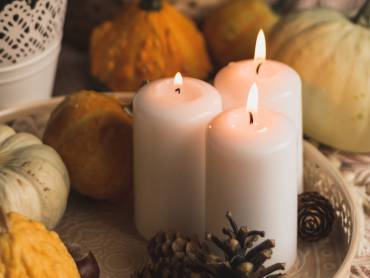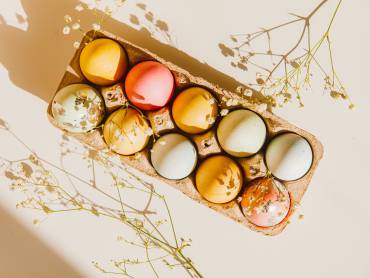You’ve probably read that the venture behind Castlefest is called Vana Events. This is a reference to the goddess Vana. But who is she and what does she stand for? We’d like to tell you more about that in this blog.
The origins of Vana and Castlefest
Our Vana, like our old shield logo, has its origins in the creation of Castlefest. Steve 'Sic' Evans - van der Harten and his Paganfolk band Omnia had constructed their own pantheon of gods, goddesses and other deities. This pantheon linked different faiths and how gods and goddesses appear in each faith but with other names. For instance, the Roman god Jupiter is similar to the Norse god Odin, the Greek god Zeus and the Egyptian god Ra. Each god is known in various forms and by different names.
So Vana is not a new goddess either. She represents the archetype of the Spring Goddess. You may recognise elements of her resonating with deities in other cultures. We know her this way:
The goddess Vana represents spring, youth, growth. She radiates, full of power and colour. Everything around us grows and feels the joy and hope that spring brings. Creativity, life and love flow where she goes.
J.J.R.Tolkien
The name Vana was already used almost 100 years ago by J.R.R. Tolkien, author of The Lord of the Rings. In his stories, Tolkien created his own world, called Eä, with extensive maps, languages and histories. After his death, The Silmarillion was released describing the origins, history and creatures of Eä.
In it, we come across the name Vana as well. Vána, was one of the Holy Ones (Ainur) and one of the creators of Eä. Vána, the Ever-Young, loved nature. She is beautiful, has golden hair and robes herself in flowers. Her presence makes flowers bloom and birds sing.
Vana Events
In our team, we still feel a strong connection to this spring goddess and feel Vana is a fitting name for our organisation. We see the characteristics of the goddess reflected in the mindset with which we shape our events.
For us, Vana represents the festival feeling, cheerfulness, joy and dancing. We therefore see 'spring' less literally:
We work hard together to bring ideas and events to fruition. It often starts small and buds into something beautiful. We see the warmth of the sun reflected in the warmth of the community and the warm atmosphere at the events.
The very first Wicker
The first edition of Castlefest took place in 2005. The Wicker Ritual has been part of the festival since 2007. Many people know this ritual as 'Wicker Man'. A bit unconventional, the very first Wicker at Castlefest was a Wicker Woman in the shape of Vana.
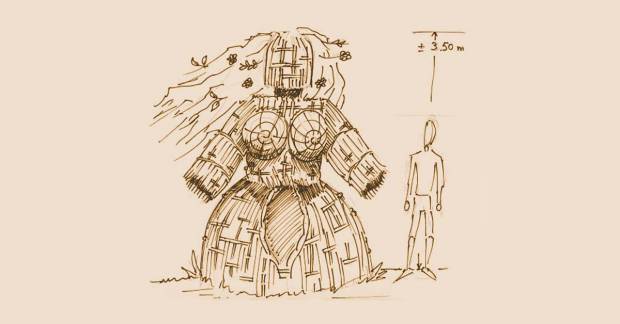
The face of Vana
After her appearance in the Wicker Ritual, we have never featured Vana again. This is unlike Lugh and Twoia, both of whom are recognisable and loved by many.
Now, we wanted to show Vana as we see her. Therefore, we gave her a face for Castlefest 2023. Estonian artist
Anette Pirso designs deities and mythical figures in her own style. Her designs are almost always based on gods, goddesses and entities from varying religions, myths and folklore. Since there was no clear image of the goddess Vana until then, this was a fun challenge. And we can say: we are very happy with how Anette Pirso has given our goddess Vana a face.
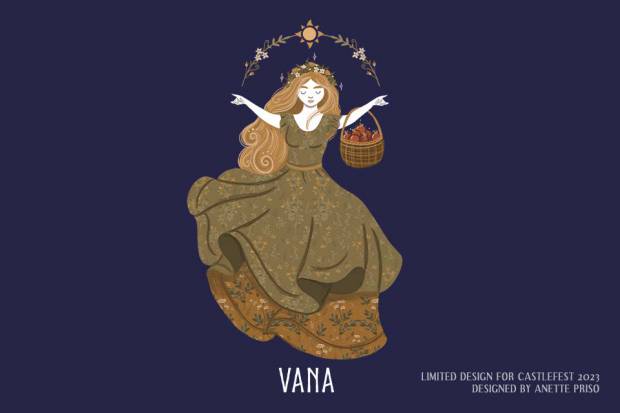
During the process, Anette shared her thoughts and choices for the design. Vana holds a basket filled with apples, a sign of fruitfulness and growth. Her dress has patterns of broom and meadowsweet plants. They are magical plants from Celtic mythology and relate to youth, love, and all those summery magical feelings. These plants are connected to a Celtic goddess as well. The goddess Blodeuwedd was made from oak, broom and meadowsweet and is the maiden archetype within Celtic mythology.
Anette even has a nice addition to Vana’s name: 'Vana' means 'old' in Estonian and Finnish.
Anette's design of Vana was our limited design of Castlefest 2023. During the event, it was available at our merchandise stand on t-shirts, racerbacks and tote bags. We might still have a few items available in our webshop, so be sure to check it out!
